It’s time for ‘the talk.’
This remixed version is a little more complex than your typical rom-com about boy meets girl and a series of accidents that ultimately get the girl.
In this version, the girl meets a boy, and then meets a dozen more boys, then begins an empire.
When the empire has succeeded in building up the numbers, it splits in two. The said girl, now a queen, goes forth to build another legacy, leaving a capable daughter behind and half the workforce. And that, boys and girls, is how a swarm is made.
This explanation now brings us to a bigger and more pressing question for many beekeepers: How do you find and attract a swarm of honey bees?
Let’s dive right into what you need to know about attracting a swarm of bees to a hive.
The Truth About Attracting a Swarm of Honey Bees
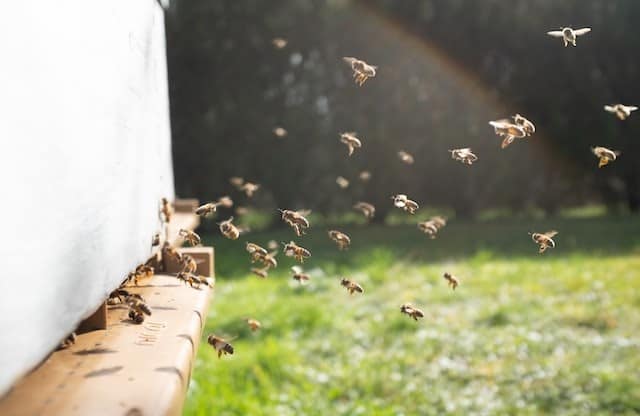
There is still a lot that we don’t understand about swarming behavior. Scientists have narrowed down a list of conditions and factors that are present before the girls take to the sky to form a living, pulsing cloud in search of a new home.
If you’re trying to lure bee swarms to a hive or bee box, you must be aware of the following factors influencing swarming behavior.
The weather is one factor. A change in seasons provides the nectar and warm foraging weather a colony needs to build a comb from scratch. Overcrowding also appears to contribute to swarming.
If you’re lucky, you have a very good queen, who is great at her job and does it with gusto. As a result, she provides herself (and you, the beekeeper by extension) a serious workforce for nectar and pollen collection.
As she does so, the girls fill up the available space with food reserves, and then they start to get a little claustrophobic because every day, her highness is popping up yet another sister. At that point, swarming is likely to occur.
Time of Year When You’re Most Likely To Attract a Swarm of Honey Bees
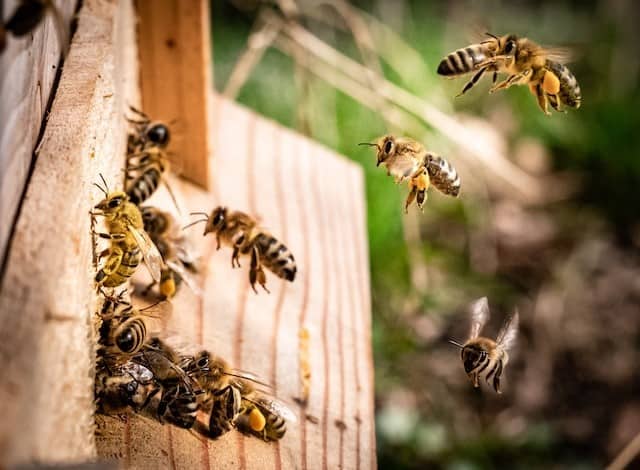
Bees fly and swarms take to the sky when the weather allows for outdoor activities.
It is, therefore, no surprise that you get a lot of swarms in the springtime. The specific time in spring varies because the weather patterns in winter can affect the colony’s size that makes it through.
Sometimes, you have years where the season’s transition from one to the other is like clockwork without any sudden hiccups. Sometimes, the winter is warmer than what we expect, and the queen starts to build up the numbers early.
By the time spring comes around, their numbers are quite large, which causes them to swarm early. If a blizzard interrupts the beginning of spring, then spring comes later that year.
Since weather patterns differ from year to year, and bee colonies are also different, swarming occurs anytime between spring and fall. The swarm season may differ from one state to another, but it will definitely occur once the frost ends.
Most beekeeper’s associations will have the contacts of beekeepers interested in catching honey bee swarms and are best suited to advise you on when they get the most business.
4 Factors That Affect the Chances Of Attracting a Swarm of Honey Bees
If you’re wondering if swarming bees will move into an empty hive, then the short answer is maybe. You see, when bees go house hunting, certain qualities sway their decisions.
In beekeeping, beekeepers are not particular about the mind of a bee, but scientists have worked out that the presence of the following items increases the attractiveness of a hive.
You can use this information to lure honey bees and increase the likelihood of catching swarms by using a more compelling swarm attractant.
1. The Use of Old Brood Comb
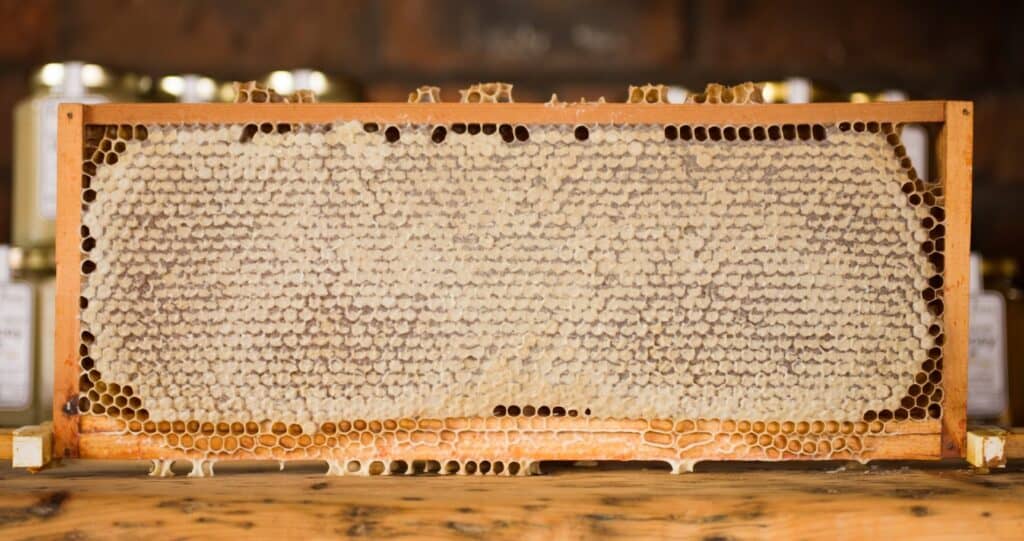
Honeycomb that has never held brood is almost white and turns a little yellow because of the honey.
Brood comb, on the other hand, tends to be much darker due to the accumulation of old cocoons left in the cells after the adult bees emerge.
This dark comb is very attractive to scout bees. Placing a piece of comb in bee hives or swarm traps definitely increases your hives’ attractiveness.
In fact, the old comb is so effective that you can find a honey bee swarm moving into an abandoned existing hive that still contains this old comb. I guess bees want to move into a home, not a house.
A home has that lived-in vibe, even though it may be a fixer-upper. Bees are pretty good at sealing cracks and cleaning out debris, so they settle in quite easily.
The old brood comb has been used in other forms as well. You can melt it down to enhance the wax’s scent and spread some of it on the inside of the hive.
2. Propolis and Other Hive Materials
In the absence of an old brood comb, propolis could act as a swarm attractant, albeit without the same level of results.
It would appear that bees tend to be attracted to areas where other bees have lived before them. Once again, abandoned equipment, despite its lack of drawn comb, has found favor with a homeless swarming colony.
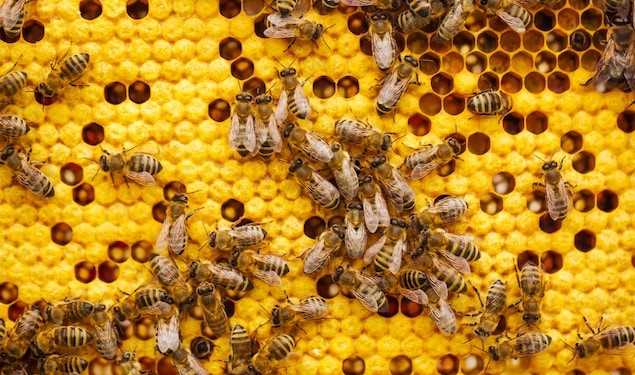
3. Use Nasonov Pheromones
Nasonov Pheromones have been scientifically proven to be the most attractive scent to a swarm of honey bees. The scout bees excrete this pheromone and help to direct the swarm into the chosen hive once they have arrived at the selected structure.
There are commercial products, like a pheromone lure, that mimic this pheromone, and they are extremely effective. However, they are very hard to find.
4. Location! Location! Location!
If you visit experienced beekeepers, you will find that they place several swarm traps and bait hives in elevated areas, particularly among trees that bees are attracted to. That isn’t to say you can’t capture a swarm with a hive on the ground, but bees, when they swarm, they tend to do so upward.
There are many wild colonies in hollow trees or on the roofs of caves, so it’s clear that bees prefer to be higher than ground level.
It’s easier to work with bait hives and then move the colony once they settle down.
Sometimes, the bees can decide to move into an empty hive without much fuss. When that happens, count your blessings, but don’t get too comfortable. They may not give an anchor performance next year. These creatures continue to be a mystery.

How to Make a Swarm Trap that Attracts Honey Bees
To answer this question, let’s review what we know about bee real estate.
They like a natural cavity small enough to keep intruders out yet allow the inhabitants some free movement. The scent of the new home can be a deal maker, so they are looking for a hive that has the equivalent smell of cookies in the oven.
If you are a craftsperson, there are multiple options for you to try. From swarm buckets, flower pots, and bee boxes, there are multiple construction projects you can attempt.
I would advise going with the natural materials, but that doesn’t mean the others don’t work.
Here is a video that shows you how to create a cheap swarm trap that you can use to attract honey bees.
If, like me, you aren’t handy with a saw, all you need is a wooden box, the size of a deep brood box, with a lid. In the book Honeybee Democracy’ by Tom Seeley, he identifies the special needs of the honey bee swarm, including the size of the entrance.
The cavity should be 40 liters in volume, which you can easily convert to cubic inches if you prefer. You will find that your average deep brood box will offer roughly the same volume.
The entrance should be 15 square centimeters, which converts to about two and a half square inches. The shape of the entrances doesn’t seem to matter, so they could be square or circular.
He also stipulates that bees prefer to nest high in the trees. You may have to hoist your bait hive into a tree to get the most out of your swarm trap or bait hive. More importantly, you need to be able to get it down when it’s full of bees.
If you can, wedge the swarm box between the trunk and a strong branch, and tie the trap/hive to the trunk as an added security measure. Hopefully, you can get some help when it’s time to get the hive down.
If this isn’t possible, there’s still hope in the form of swarm lures. If you have a good swarm lure, you probably won’t need to do any hoisting. Remember, this is a game of patience with no guarantees. Even so, you have so much more to gain than you have to lose, so go ahead and give it a try.
The 3 Best Swarm Lures to Attract a Swarm of Honey Bees
First and foremost, what are swarm lure attractants? As the name implies, this product is intended to attract bee swarms. They lure bees to pick your structure to finally settle down, lay eggs, and raise their kids. The appeal of a lure is in its scent.
Sometimes, in our zeal to cover all our bases, we try to use all types of lures at once. Scientifically, there is no finding that using two types of lures in one hive increases the effectiveness of either one.
If you really want to experiment with different lures, use them separately. It’s easier to note their effectiveness and figure out what works best for luring bees in your area.
I would divide swarm lures into three classifications:
1. Pheromones
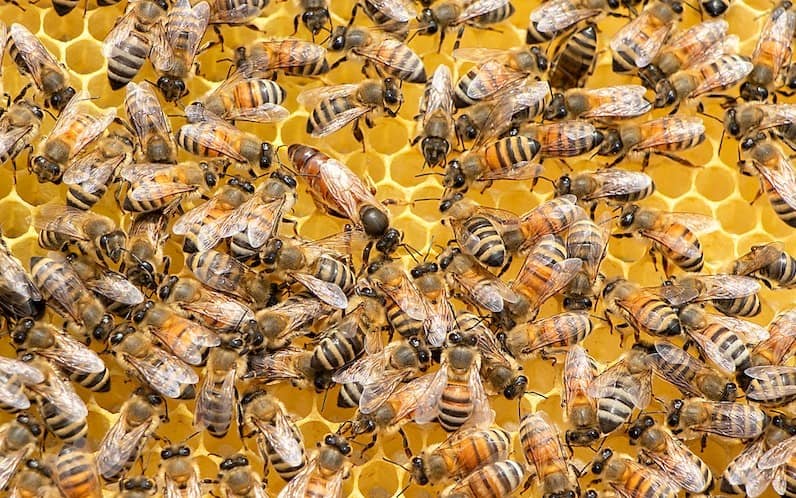
Pheromones are the cell phones of the bee world. As mentioned earlier, a commercial lure known as swarm commander mimics the Nasonov pheromone produced by worker bees.
In the wild, bees use this pheromone during swarming, among other things. Synthetically, it is made with a combination of oils.
Blythewood Bee Company offers this Swarm Commander Super Lure that emits pheromones to attract bees to your hive and can last up to 90 days.
Then, there are the pheromones that rule the nest, the queen’s pheromones. These can be extracted from recently dead or culled queens by soaking them in a small vial of rubbing alcohol. This preserves the dead queen and her pheromones.
Thereafter, you can use a cotton swab to dub a few drops of this solution on the inside of the hive and even place the swab used inside a little baggie with a hole in it and place that in the bait hive. That would slow down the rate of evaporation of the alcohol, but you may need to wet the swab every few days to keep it effective.
The downside here is getting a bunch of dead queens. If you’ve had to do some queen replacements recently, that might help. However, the effectiveness of this tincturing process is determined by the hormone levels of the queen bee. Therefore, it works better with younger queens than those who are headed for retirement anyway.
2. Hive Construction Material
This could be an old brood comb, wax, or propolis. The old brood comb doesn’t require additional processing and can be placed as it is in the trap or hive.
I have come across a beekeeper who melts the brood comb, soaks a piece of cloth in it, and then hoists that fabric on a branch. You can choose to put that piece of fabric inside the hive and let the inviting smell do the rest.
3. Essential Oils
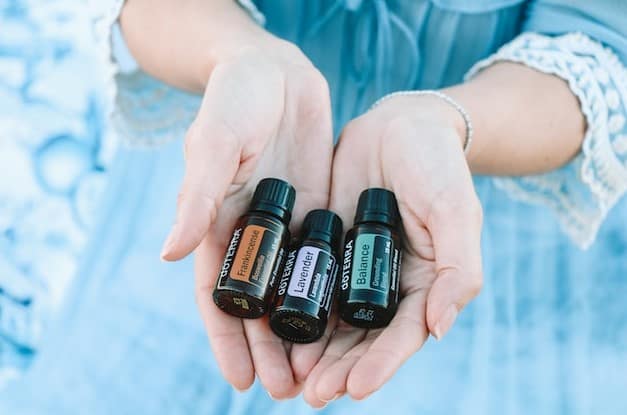
Many beekeepers prefer using Lemongrass (see details) to attract swarming bees. You don’t need much because it has such a strong scent. A drop or two should do it. Alternatively, get a few drops on a cotton swab, and rub the interior of the swarm trap or new hive.
Then place the swab in a small bag and poke some holes in it so the scent lasts longer. You could also choose to melt some wax and add a few drops of lemongrass oil to the mix. Then, let the wax cool and make starter strips for the frames that go into your bait hive.
There are various essential oil recipes available, but the simpler you can keep it, the better.
Final Words About Catching a Swarm of Honey Bee
Attracting a swarm of honey bees saves you the price of a package of bees, potentially increases the genetic diversity in your apiary, and gives the bees a fighting chance for survival if you prove to be a hard-working beekeeper.
Catching a swarm is also a game of chance, but the reward is worth it. Therefore, if at first you don’t succeed, try and try and try again.
If you do succeed, be grateful and hang the traps up next season. You might just capture your own swarm, which is a win for you.
Now that you know how to properly attract a swarm, you must understand what to do next.


Hi, I am paul, I live in Nigeria. Please,how can I inspect and harvest my honey without getting stung?
We normally use fire here, is that advisable?
Smoke is recommended… Get a smoker and smoke them. The smoke weakens them but fire kills them.
Tyvek material is stinger resistent. Smoking the hive will cause the bees to gourge on the honey, making them less likely to sting. It is hot heavy work and the bugs will want to sting you since you are taking their honey. It may be impossible to not get stung.
My husband found a swarm of bees in one of our trees nearly the size of a football how much bigger will it get we just want to leave it alone so they can do their job on our plants and veggies any advice would be most helpful thank you
They are probably gone by now, but yes leave them alone and avoid being around area with smells on the body, perfumes, lotions, etc. otherwise, they should leave you alone.
I would like to attract a hive living in a roof next door that’s up for demolition.
They plan to move the bees to a farm. I have been watering the bees for several years and would like them to stay.
What the smoke does is mask the alarm scent given off and is unpleasant so they go below. If bees are already living in a place they will not leave their honey and babies behind. You would have to remove them. Check out youtube for videos.
I want to attracts a swarm of bees. I have used wax and lemongrass oil how long will it take to attracts them
What and what materials can I mix together to attract bees in my hives. My hives has been in the bush for three yrs now without any inside them
How do I know if I caught honey bees or hornets or yellow jackets! What if I’m bringing down a box of wasps?! Is there any way of avoiding that risk?
Also, I have a hive on the edge of 2.5 acres. Can I set a trap on the other side of my property?
I live in the Chattanooga TN area and am happy to remove honey bee swarms and relocate them to a dry and safe home.
http://www.shady-acres-farm-and-apiary.com
There is a hive of bees in an abandoned house next door. I have just received the tools and two bee suits and have a hive box on the way.
What is the recommended way of getting them and I know what the queen looks like but is there a way to determine where she is in the hive?